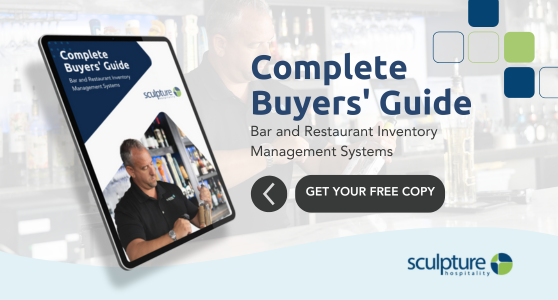One of the quickest ways to improve your bottom line is to implement a proper pricing strategy at your restaurant. Being too aggressive with your pricing can stop customers from visiting your restaurant. Yet if the pricing is too weak, you may get more visits, but you will also miss out on profits.
Common pricing strategies that help improve profit margins in restaurants include:
- Cost plus pricing: add a desired profit margin to the cost of each dish
- Bundling: combining multiple products together for a single price, like a burger, fry and drink combo at a fast food restaurant
- Specials: offering unique dishes or ingredients for a limited time to create instancy
But these aren’t the only pricing strategies. To keep customers coming back and help boost profits even more, here are five tips to improve your restaurant pricing strategy.
- Description then price
You want your customer’s to be invested in the dish before they start considering the price. Otherwise, they may read the price and move on to something cheaper without actually reading to find out just how amazing the dish will be.
To help peak your customers’ interest, create descriptions that speak to their appetite and include the price at the end. Making sure the font is small and not bolded will help keep customers from simply skimming the dish name and price.
How to Build a Restaurant Menu: Your Complete 6-Step Guide
- Charm pricing
There is a phenomenon in pricing strategy called left digit bias. According to this bias, customers will prioritize the leftmost digit of product pricing. It’s why many prices end in .95 or .99. For example, a customer will see $29.99 as $29, instead of $30.
Even seeing a 2 instead of a 3 at the start of the number will make the pricing more attractive, regardless of the fact that $29.99 and $30 are only 1 cent apart. Customers don’t see $30 minus a cent. They see $20-something.
Using this strategy can help you optimize prices, while making customers feel comfortable with the fact that they aren’t going “over budget”.
- Use relative pricing
When organizing your menu, you can optimize profits by creating a distinct contrast between prices. For example, you can place an expensive dish next to a cheaper, higher profit dish. Chances are the customer will choose the cheaper item and in doing so, you will benefit from a greater profit margin.
Don’t forget, robust inventory management is a critical factor in ensuring your restaurant is building a successful pricing strategy. The implementation of an inventory management system can help make that a seamless process.
- Portion pricing
There’s definitely a market for people looking for big portions. But many restaurants forget that there are also customers who prefer smaller portions, to avoid leftovers or try a new dish without the risk of not wanting to finish a full plate.
Portion pricing is a great way to fill this gap while also maximizing profits. To optimize strategy, you will want to have a higher profit margin on smaller portions. For example, a half-size will cost 70 percent of the full-size.
This gives people, who may not otherwise order food, the option to try out smaller meals while increasing your per-dish margin. It also increases the likelihood of someone buying the larger portion regardless of appetite, so they can benefit from the “deal”.
- The rule of three
Humans have an affinity for the number three. In writing, a trio of people or events is more effective than any other number. It’s also the ideal number when trying to get someone to retain visual information. It’s even been applied to economics, stats and religion.
In pricing, it can be used to improve profits and help create more certainty. This is done in the form of the good-better-best strategy.
Using this strategy, you will offer three variations of the same dish, such as a basic pasta and sauce, a pasta with local ingredients and a pasta with even more extras like a better cut of meat. Using insights from the good-better-best strategy, we know that customers will usually pick the middle option as it is a compromise between cost and quality, which translates to value. Knowing this, you can optimize the profit margins on the middle dish to increase your overall bottom line.
These are just some of the many ways you can use pricing strategies to improve your bottom line. Another great way to maximize profits is through proper inventory management and analytics. To learn how your restaurant can improve its profit margins or for more restaurant management tips, request a consultation with Sculpture Hospitality today.











